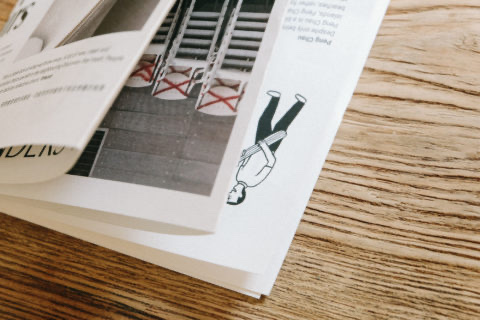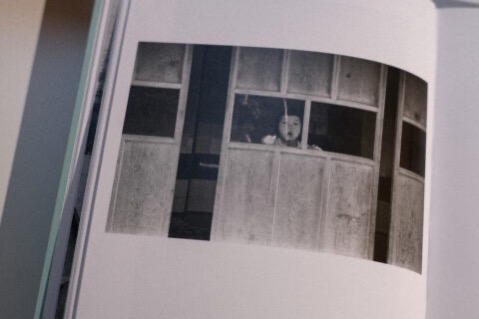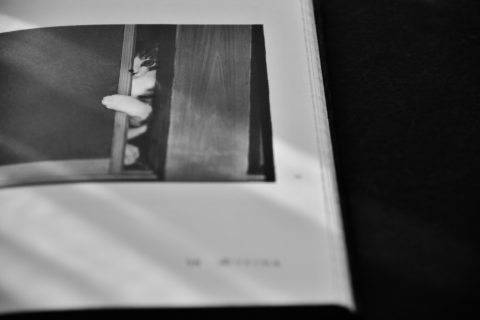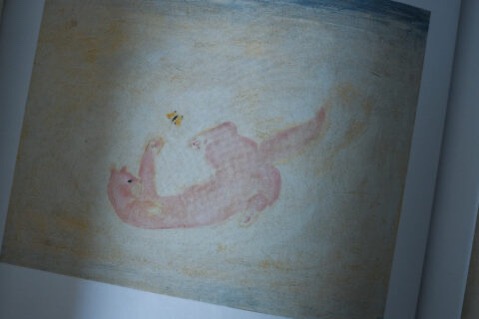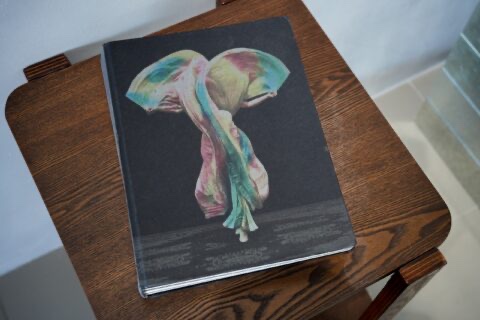
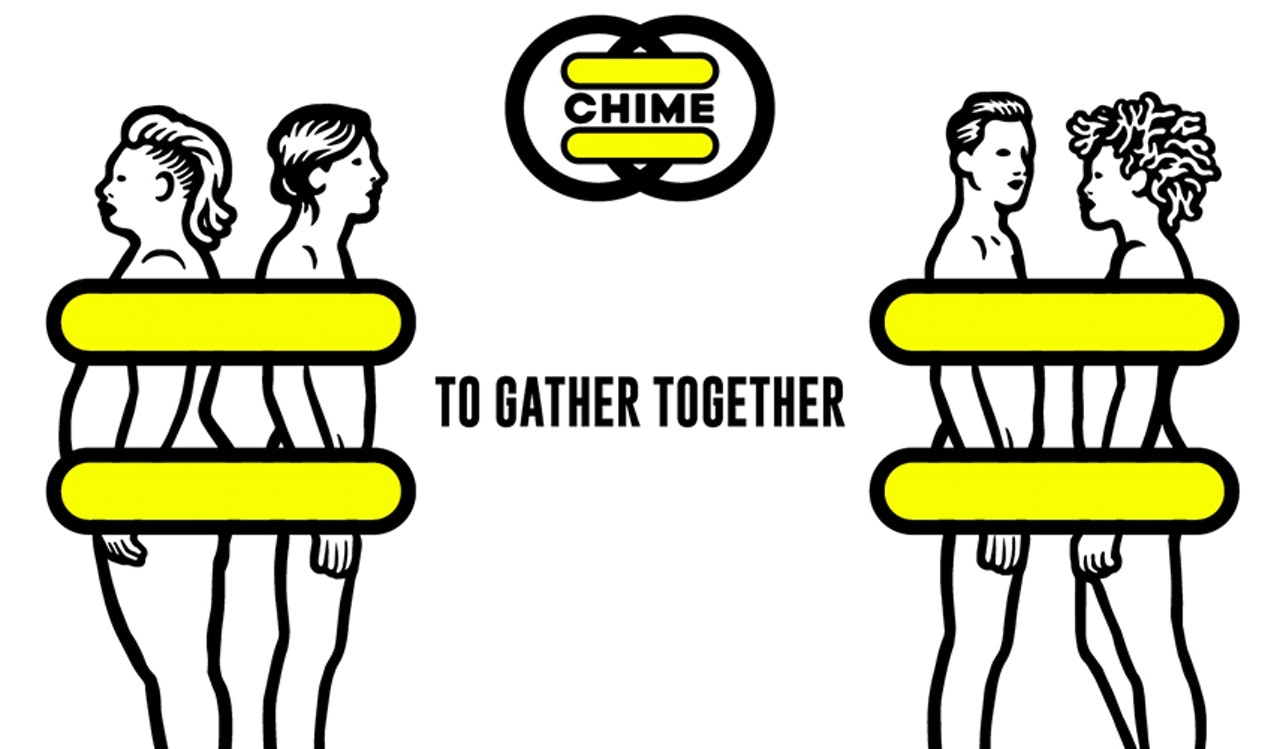
從去年2019年創刊以來,我就一直默默關注這本由GUCCI出資,LGBT運動名人Adam Eli主編的小誌《CHIME》。作為GUCCI「希望響鐘」(Chime for Change)計劃下的出版物,《CHIME》是一本關注性別平權的小誌,受訪和受邀合作的單位大多是LGBT創作人,可見雜誌清晰的定位。而想當然地,如果只有政治正確的外表,是不足以吸引讀者,可幸《CHIME》不僅在編採方面有獨特定位,在視覺語言和風格上,也有雜誌的藝術總監MP5把守坐鎮。
Since its début in 2019, I have been a reader of CHIME, a zine powered by GUCCI and edited by LGBT activist Adam Eli. As a content arm of GUCCI’s Chime for Change initiative, CHIME centres around the fight for gender equality and most of its interviewees and collaborators are LGBT artists. While the zine’s political stance has lured crowds of readers, the brilliant editorship under Eli and the brilliant visual style created by its creative director MP5 are also worth discussing.
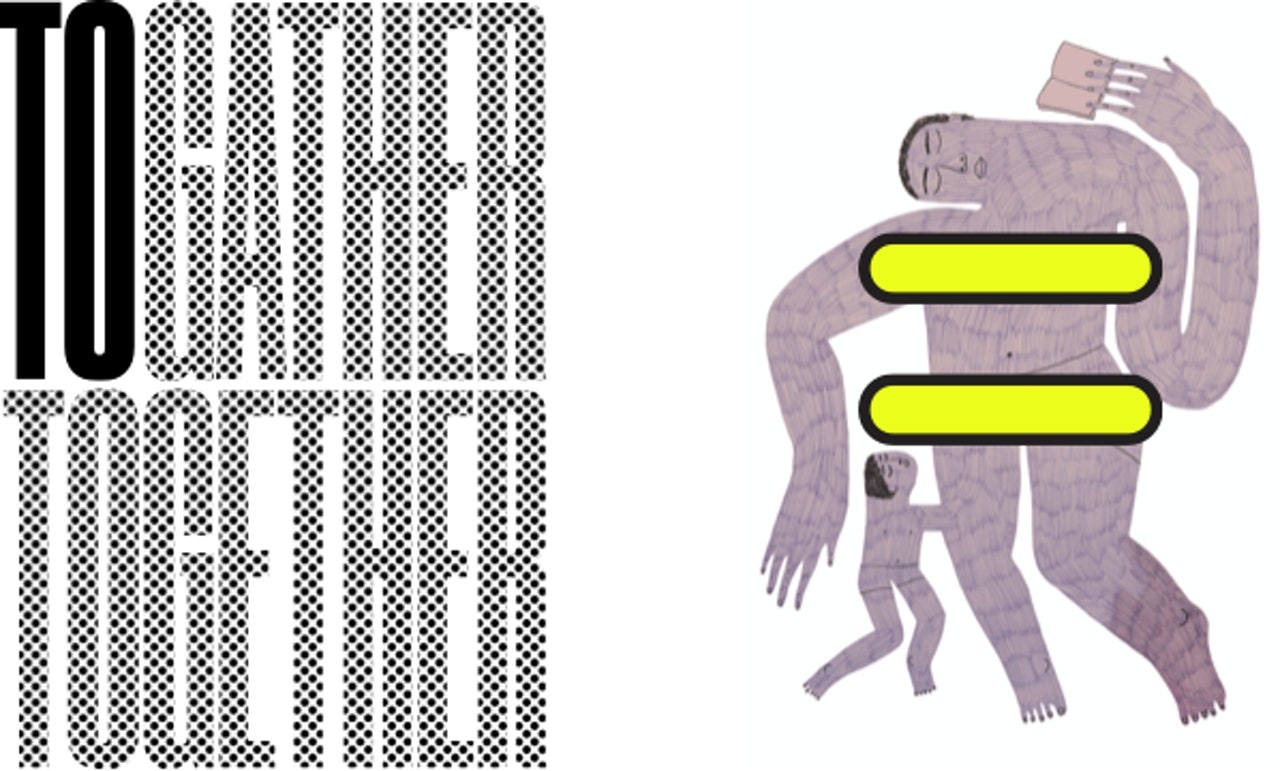
作為《CHIME》的藝術總監,義大利裔藝術家MP5擅長於壁畫、插畫,此外黑白繪畫更是她的拿手好戲,像是創刊號的封面就是出自MP5的手筆。作為獨立藝術家,她與各種地下文化、次文化團體交流甚密,加上偶爾還會接政治海報插畫的案子,所以由她監修下的《CHIME》,從字型、排版及用色等元素上,都有一種早年的punk zine既視感,帶著濃烈的抗議意味。
The Italian-born MP5 is widely known for her murals and illustrations. Her work is characterized by an incisive black and white style and can be seen through a range of media. As the creative director of CHIME, MP5 has graced the cover of the zine’s début issue with her drawing. With her experience in designing political posters and working with underground and sub-cultural groups as an independent artist, MP5 has built a very compelling visual language for CHIME that reminisces the punk zines from early years. From the font to typography and color, the visual narrative in CHIME amplifies the advocacy for deviant behavior.
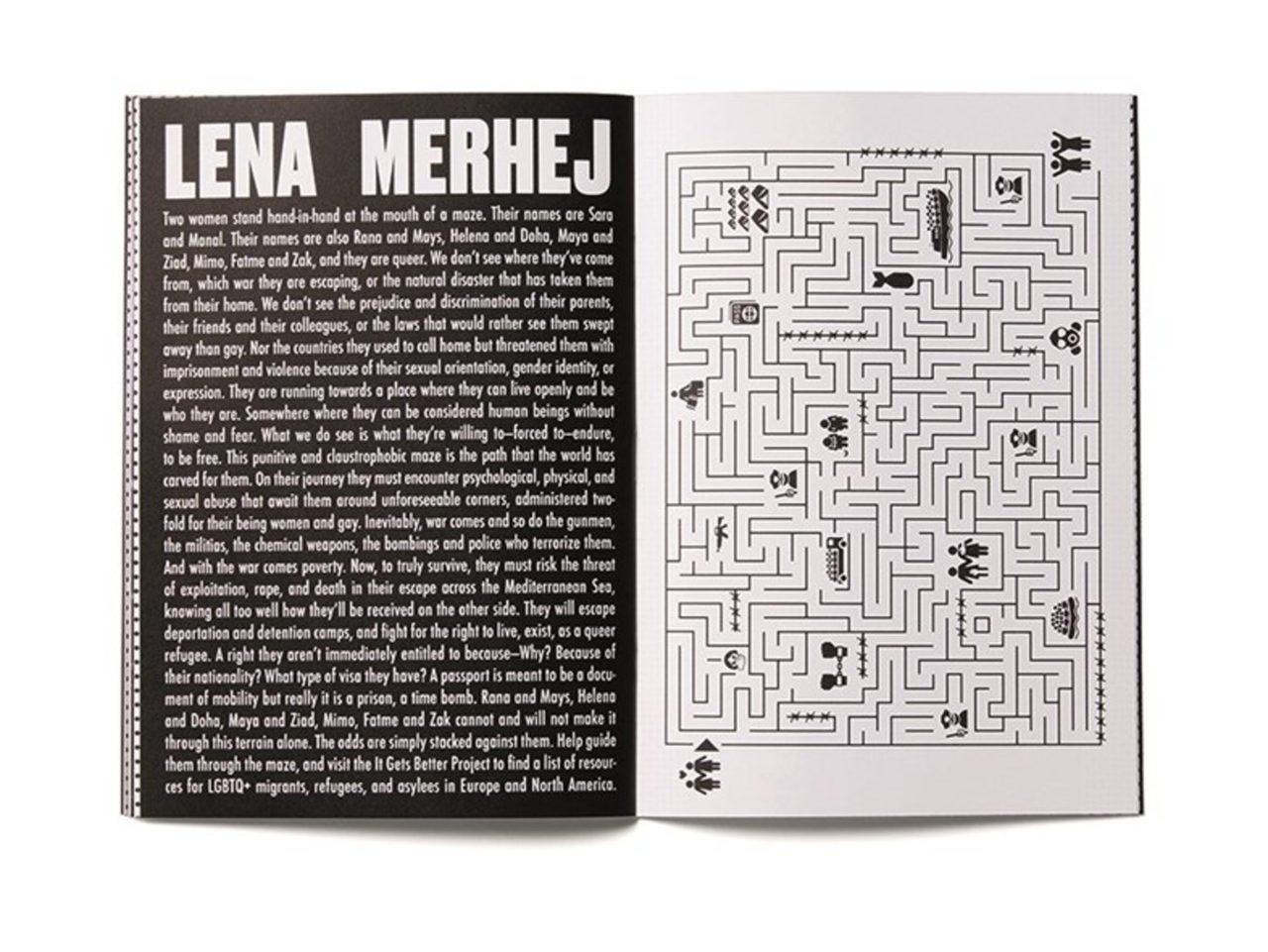
輪到內容方面,除了一開頭講到的訪問文章,佔小誌約三分之二的篇幅。但除此以外,也有非文字主導的趣味欄目,像在創刊號中就邀請女性主義運動家Jen Winston,設計了一款LGBT主題的填字遊戲。另外在最新一期刊物中,也請了視覺敘事者Lena Merhej,繪製了個有關難民主題的迷宮遊戲,藉遊戲讓讀者認識難民的非人生活。
Contentwise, interviews take up two-thirds of CHIME’s pages with the rest showcasing interesting non-text content. For example, feminist activist Jen Winston was invited to design an LGBT-themed crossword puzzle for the début issue, and in the latest issue, Lena Merhej, an expert in graphic narration, was commissioned to draw a maze which reflects the refugee crisis and the obstacles that fleeing refugees often face.
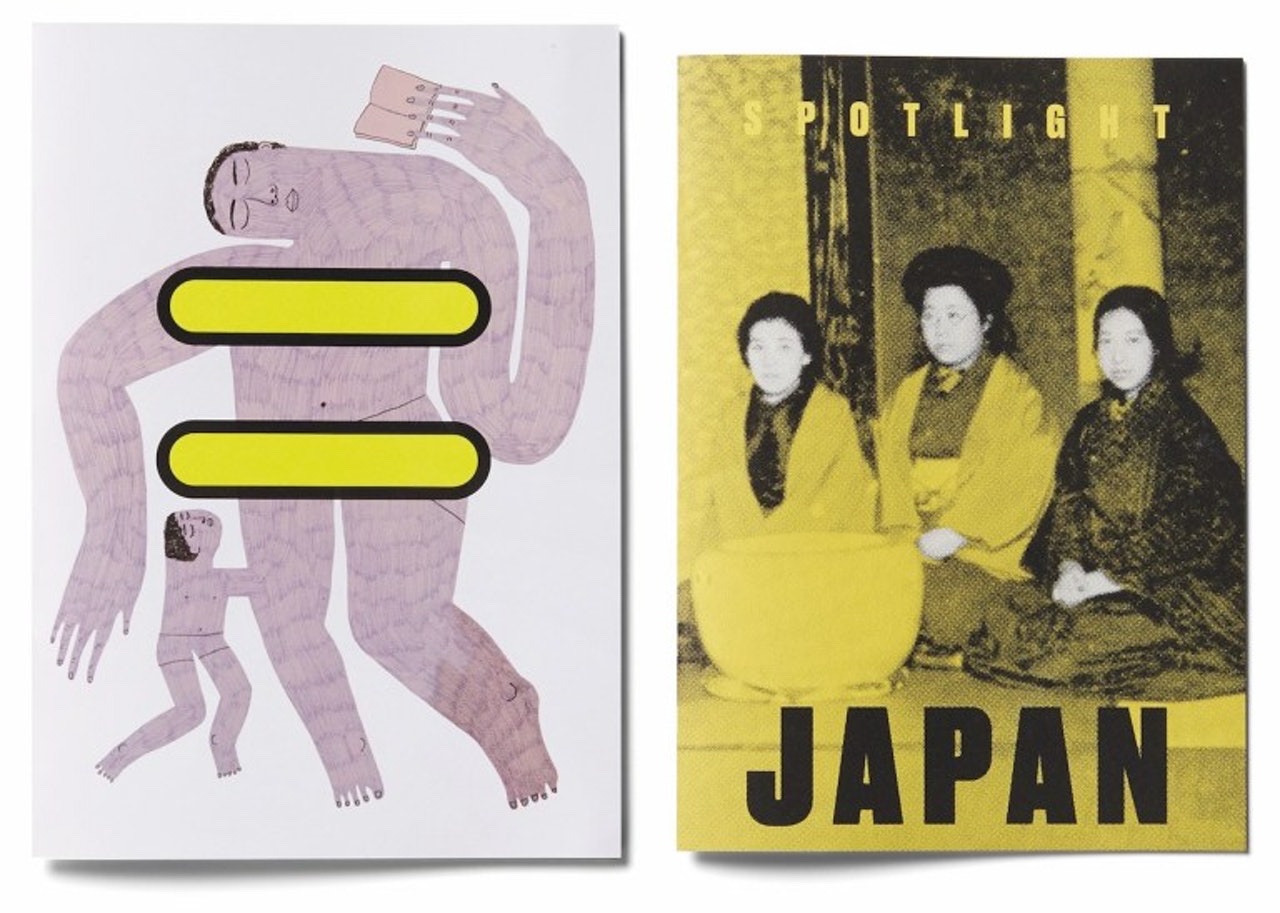
正刊之外,《CHIME》另有一個聚焦單元,每期聚焦一個國家,敘述當地LGBT族群的特殊情景,帶來與歐美全然不同的視角。像是在001號中,就有「巴西」的聚焦單元,至於在最新出版的002號,則來到我們讀者更熟悉的東亞國家—「日本」。
Every issue of CHIME comes with a special section that puts on spotlight the stories of a specific country’s LGBT community. In issue no.001, the special section is dedicated to Brazil, while the latest issue no.002, focuses on Japan, a country that our readers are more familiar with.
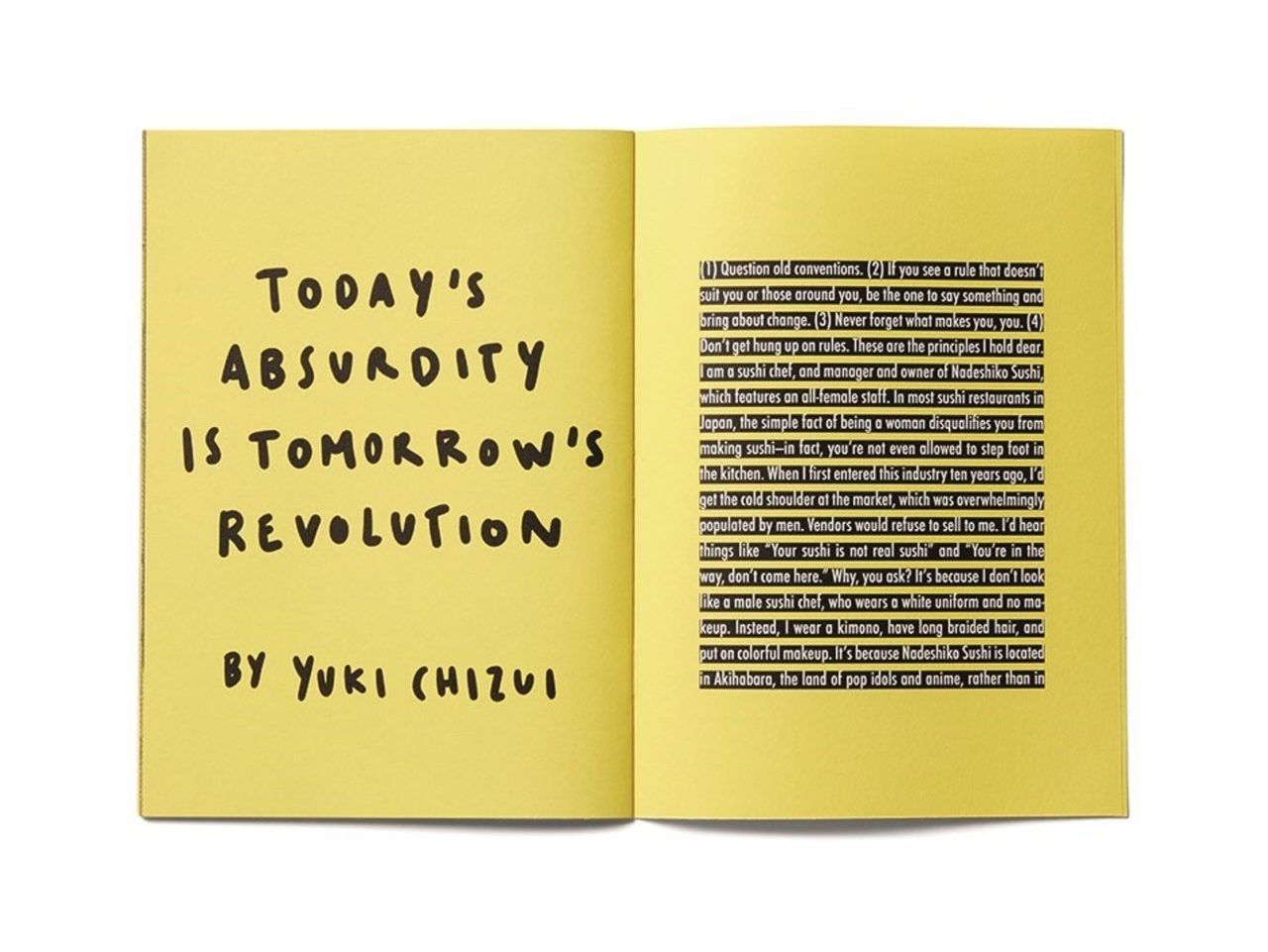
許多人對日本最印象深刻的,是他們對傳統民族文化的執著,然而事情總有兩面,這份傳統也可能成為壓迫女性的工具。像在002這期的〈Today’s absurdity is tomorrow’s revolution〉的撰稿人Yuki Chizui,她是一日本星級壽司師傅,在秋葉原開了一家純女性員工的壽司店,而儘管食物大受好評,卻也同時受到了男性主導,並充滿厭女現象的壽司圈的排斥,文章裡她就說到把店開在秋葉原,而不是銀座、京都等地,也正正是要遠離主流的壽司文化,做出有別於男性、傳統的壽司店。
Japanese people are known for their respect to their traditional culture. However, such respect has a negative side as traditional culture has a great influence on gender inequality. In issue no.002, Yuki Chizui, Japan’s first female sushi chef contributed an article, “Today’s absurdity is tomorrow’s revolution” in which she tells the story of how her popular sushi restaurant with an all-female staff in Akihabara was despised by her fellow sushi chefs. She also explained the rationale behind opening her restaurant in Akihabara rather than in areas like Ginza and Kyoto: it is to stay away from the male-dominated and misogynistic sushi industry, and create her own unique sushi restaurant.

